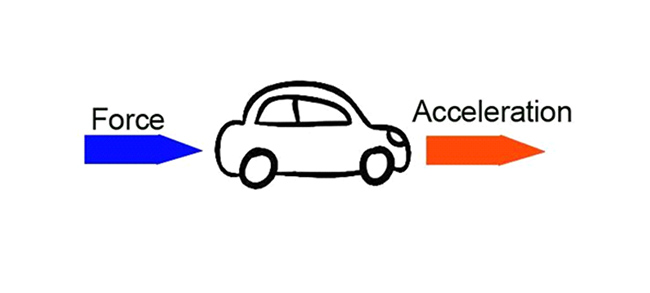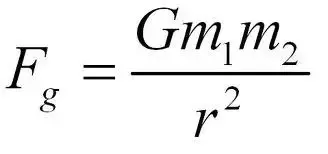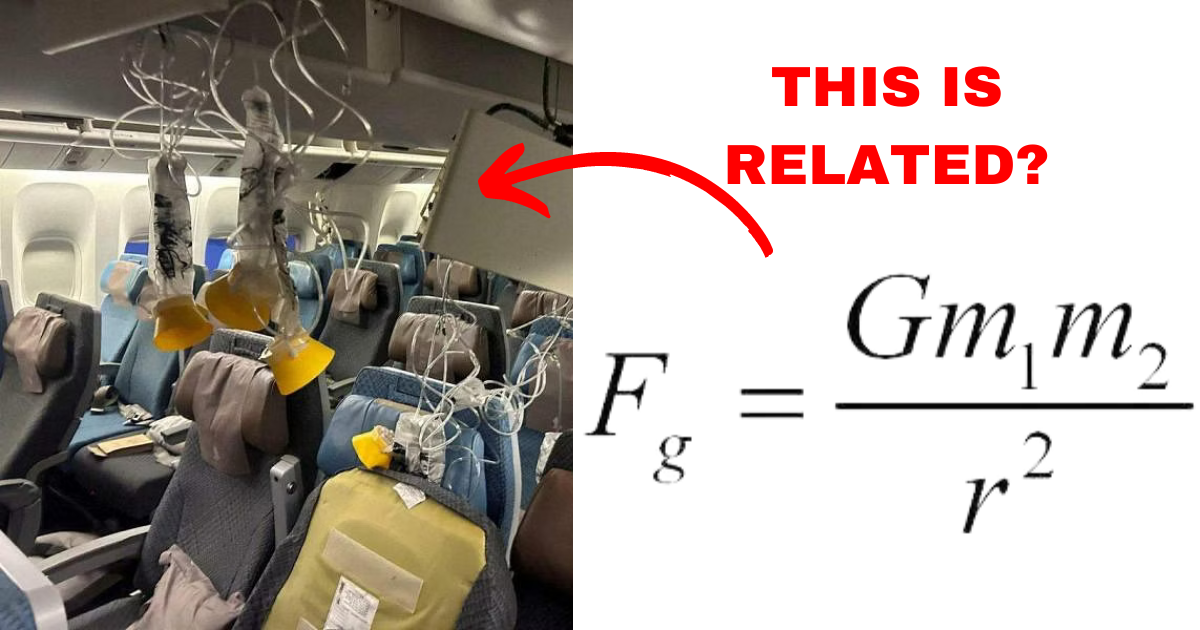By now, everyone has probably heard about the SQ321 turbulence incident that occurred on 21 May 2024.
The sudden changes in G-force and a terrifying altitude drop caused several injuries to passengers on board the Singapore Airlines flight from London to Singapore
Now, you might wonder about G-forces.
Let’s simplify it with an explanation that even a 5-year-old can understand.
If you prefer to watch a video about this topic instead, here’s a video we’ve done:
Understanding G-Forces
G-forces are the forces we feel due to acceleration, whether caused by gravity or movement. For simplicity, we’ll use the term “pull” to describe these forces, though the correct term is acceleration.


Imagine you’re sitting on your sofa. Gravity pulls you down with a force of 1G, which you don’t usually notice until you jump and feel it pulling you back to the ground. This force, gravity’s pull, is what we call 1G.
This is a measurement of the G-force acting on you at any given time.
Directions of G-Force
Okay, so they are just forces acting on you. They must be like gravity where it acts in one direction only, right?
Actually, no. G-forces can act in any direction:
- Vertical G-force: This is the up-and-down force. When you’re stationary, it’s always at 1G. You can always feel it, unless you’re in space.
- Longitudinal G-force: This is the front-and-back force. When you’re not moving forward or backwards, the longitudinal G-force is 0G. You can feel it when you’re in a vehicle that move forward fast.
- Lateral G-force: This is the left-and-right force. You can feel it when a vehicle makes a sharp turn at high speed.
For the nerds asking for the actual formula, here it is:


When you start moving, even slowly, you experience some G-force due to inertia, the force that pulls you back to your original position. For example, if you jog slowly, you’ll experience a small G-force, about 0.03 G.
If you’re in a car accelerating from 0 to 100 km/h in 5 seconds, the G-force is around 0.561G. And this is the force that pushes you back into your seat during rapid acceleration.
The SQ321 Incident
So, back to the SQ321 incident. How does G-force relate to this incident?
SQ321 experienced rapid changes in G-force, similar to a car suddenly speeding forward and then reversing quickly, but with the force acting up and down instead of front and back.


Common Misconceptions and Everyday Experiences
Since G-forces are related to turbulence, it must be the cause of other issues that everyone experiences on the plane such as ear pain, right?
Contrary to popular belief, the ear pain you experience during takeoff and landing is due to changes in air pressure, not G-forces.
There’s no need to be afraid of the G-force, it is actually really common in everyday life. One example of feeling G-forces is riding a lift. As it changes direction quickly, G-forces act on you, causing that brief sensation of being pushed or pulled.
G-forces and Fighter Pilots
So, if G-force is such a common occurrence, why do fighter pilots need to train and take tests to ensure they can handle very high Gs?
Fighter pilots must train because their jets move incredibly fast in various directions, causing rapid changes in G-forces from all directions.
While the pilot is strapped to their seat, their bloodstream is unfortunately not and these changes can affect blood flow, potentially causing them to lose consciousness.
That is the last thing someone wants while in the sky, so pilots must be able to handle up to 8G, equivalent to eight times their body weight.
Watch this to the end to know why there used to be Primary 7 and Primary 8 students:

Read Also:
Advertisements

